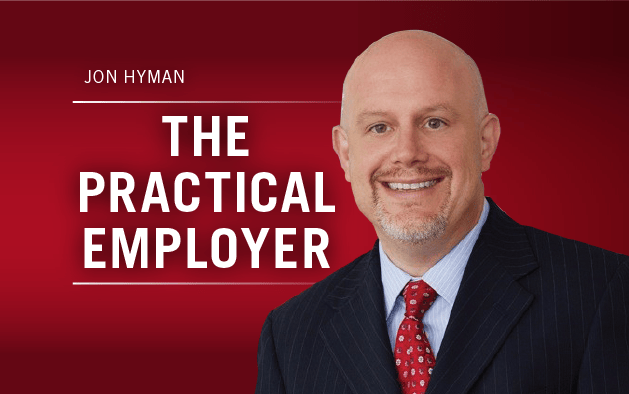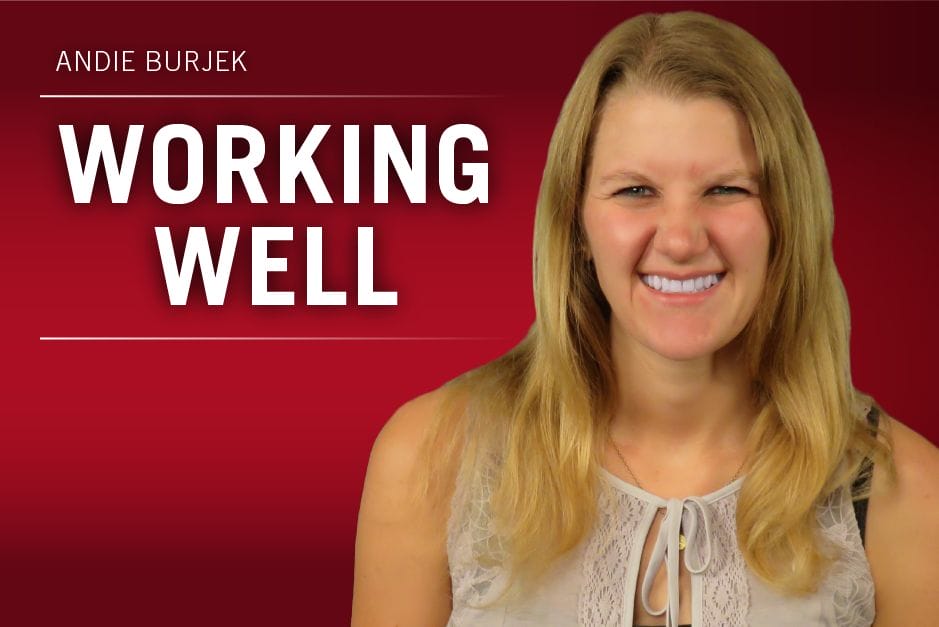The Equal Pay Act requires that an employer pay its male and female employees equal pay for equal work.
The jobs need not be identical, but they must be substantially equal, and substantial equality is measured by job content, not job titles. This act is a strict liability law, which means that intent does not matter. If a women is paid less than male for substantially similar work, then the law has been violated, regardless of the employer’s intent.
This strict liability, however, does not mean that pay disparities always equal liability. The EPA has several built-in defenses, including when the pay differential was “based on any other factor other than sex.” So, what happens if two comparable employees, one male and one female, come to you with different salary histories. Does the Equal Pay Act require that you gross up a lower earning female to match the salary of a higher paid male, or do the mere disparate prior salaries justify the pay disparity under the Equal Pay Act?
The plaintiff and the EEOC … argue that prior salary alone cannot be a factor other than sex because when an employer sets pay by considering only its employees’ prior salaries, it perpetuates existing pay disparities and thus undermines the purpose of the Equal Pay Act. …
[W]e do not see how the employer’s consideration of other factors would prevent the perpetuation of existing pay disparities if … prior salary is the only factor that causes the current disparity. For example, assume that a male and a female employee have the same education and number of years’ experience as each other, but the male employee was paid a higher prior salary than the female employee. The current employer sets salary by considering the employee’s education, years of experience, and prior salary. Using these factors, the employer gives both employees the same salary credit for their identical education and experience, but the employer pays the male employee a higher salary than the female employee because of his higher prior salary. In this example, it is prior salary alone that accounts for the pay differential, even though the employer also considered other factors when setting pay. If prior salary alone is responsible for the disparity, requiring an employer to consider factors in addition to prior salary cannot resolve the problem that the EEOC and the plaintiff have identified.
Before everyone rejoices, note that Rizo is contradictory to the law of the 6th Circuit (which covers Ohio employers)—Balmer v. HCA, Inc. (“Consideration of a new employee’s prior salary is allowed as long as the employer does not rely solely on prior salary to justify a pay disparity. If prior salary alone were a justification, the exception would swallow up the rule and inequality in pay among genders would be perpetuated”). Rizo is also contradictory to other circuits, such as the 10th and 11th. In fact, Rizo very much appears to be the minority view on this issue.
So what is an employer to do? Follow the law of your jurisdiction. In Ohio, that means that you cannot rely solely on an employee’s prior salary history to justify a pay disparity between similar male and female employees (although you can rely on prior salary plus other factors such as experience, skill, or training). It also means that we wait for the appeal of Rizo to the Supreme Court, and see if SCOTUS decides to take this case and provide some national clarity on this issue.
Jon Hyman is a partner at Meyers, Roman, Friedberg & Lewis in Cleveland. Comment below or email editors@workforce.com. Follow Hyman’s blog at Workforce.com/PracticalEmployer.







 Remember when all you needed to recruit effectively was a basic careers site that had a link to your applicant tracking system and a PDF of the overly aspirational company values designed by your founder that everyone you worked with loved to snicker at?
Remember when all you needed to recruit effectively was a basic careers site that had a link to your applicant tracking system and a PDF of the overly aspirational company values designed by your founder that everyone you worked with loved to snicker at?

